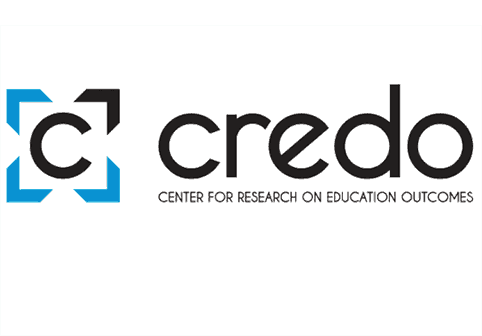CREDO Study of Online Learning Gets an Incomplete

On October 1, the market receives and discusses third quarter results for public companies. In education, we study three year old results using contrived measures.
CREDO, Mathmatica, and CRPE released a study of old data about online learning based on an attempt to match similar students. They were able to draw some conclusions that remain accurate and they missed the mark on other fronts.
Diverse Learners. Online learning—both full and part time—serves many different kinds of students in many different circumstances; some are way ahead and seeking challenge not found at their local school; some are way behind and have not been well served by their neighborhood school; some move with their families on a regular basis; some were bullied at school; some are homebound; some have experienced difficult family circumstances.
Like traditional schools, online schools take all comers even if they enroll late and are way behind. In most online schools, half of the students show up late and most are way behind. It’s not surprising that many don’t achieve grade level proficiency at the end of the year. However, many make good academic strides during the year and that’s not well captured by current measures — or this study.
The Need for Better Measures. Since NCLB states have relied primarily on end of year tests to measure grade level proficiency. These testing and accountability systems don’t provide accurate measures of individual academic growth.
As outlined in the iNACOL Quality Assurance Performance Metrics, states, authorizers, and researchers should adopt better outcomes-based performance metrics to show what is working and why.
Better measures of academic growth could provide an incentive to work with struggling students rather than the disincentive provided by current accountability systems (reinforced by reports like this).
Twin problems. CREDO used a clever approach to attempt to measure the gain of students learning online by matching them with a “virtual twin” who remained in a traditional school, and then compared their relative academic gains.
There are at least two problems with this approach. The family of the online student left the traditional school for a reason–it could be a bullying, health issues, a military move, or other employment issues. In any case, the kid moving was subjected to a life change and probably not a good one.
Mobility itself presents a variety of challenges. The study includes a high percentage of first year virtual students. It’s not a surprise that students in a new setting and instructional model might show lower academic gains that one that stayed put. Students in any setting tend to perform better the longer they are enrolled.
About half of all virtual students enroll late creating another academic disadvantage not addressed by the study. Traditional school have some late enrollments but nothing close to half.
Raising the bar for quality. The CREDO report reviewed 2012 data. Since then, K12’s has published three comprehensive Annual Academic Reports (see the 2015 Report) along with school-by-school outcomes and a series of academic white papers highlighting results of individual schools and K12’s instructional programs.
Recent data also shows broad progress in schools supported by Connections Education. Both K12 and Connections use adaptive pre- and post-assessments that provide a more accurate picture of individual student progress than the synthetic twin study method.
Different. The study downplays asynchronous learning as “independent study.” But student-driven learning values personalization and flexibility – hallmarks of online school. Online schools are typically an asynchronous model with synchronous support–traditional school are the opposite.
Online learning obviously works well for some and less well for others. Rather than limiting access as a result of a bad comparison, public systems should focus on supporting good choices. State laws prohibit virtual charters from having a conversation with a student and family about fit. State laws are often a disincentive for rolling enrollments, mastery-based progress, and educating underserved students.
Families choose online schools because they need a better option. About half are fleeing a situation that wasn’t working for their child for academic, social, or health needs. Some families need to move and are looking for one stable link. Public policy involving online schools should reflect this reality.
For more check out:
- Why Online Learning Works for Parents and Kids
- Connections Education: Creating Powerful Experiences for Learners
Connections Education, iNACOL and K12 are Getting Smart Advocacy Partners.



0 Comments
Leave a Comment
Your email address will not be published. All fields are required.